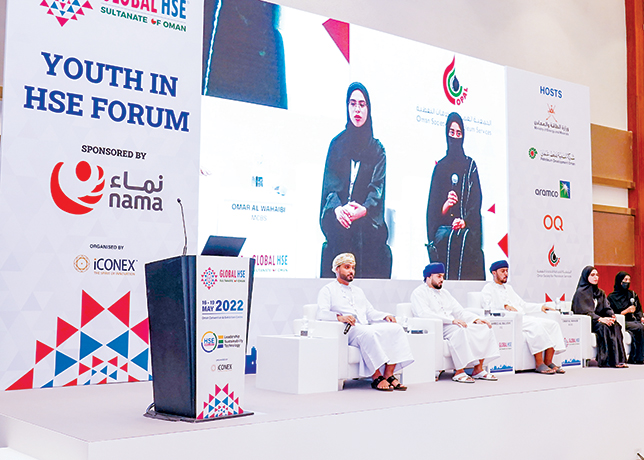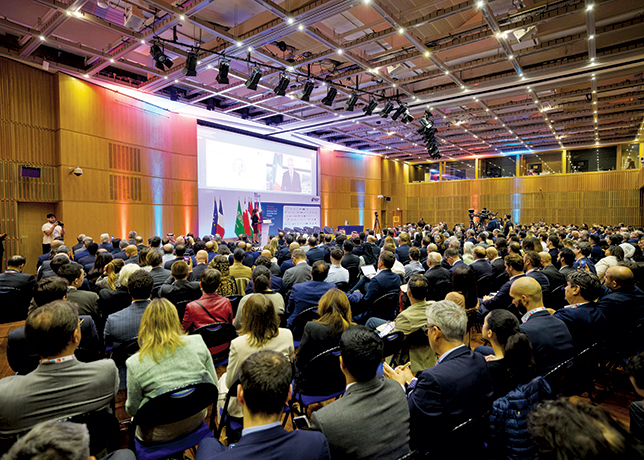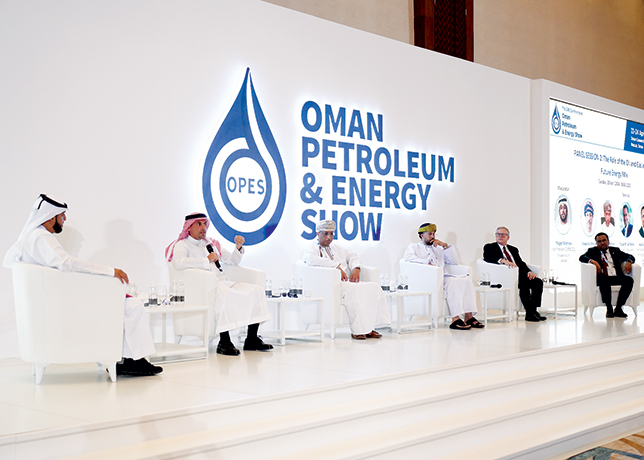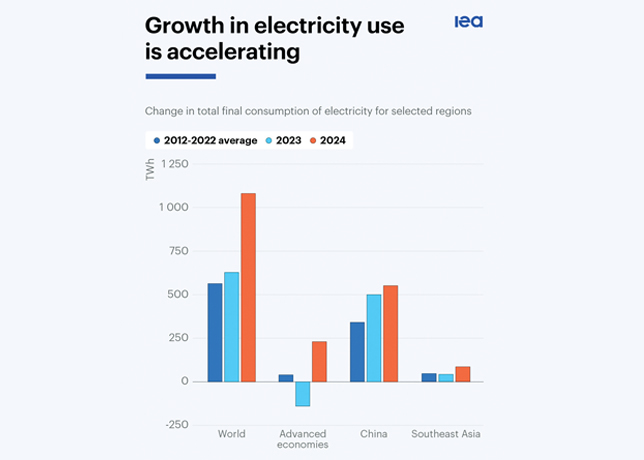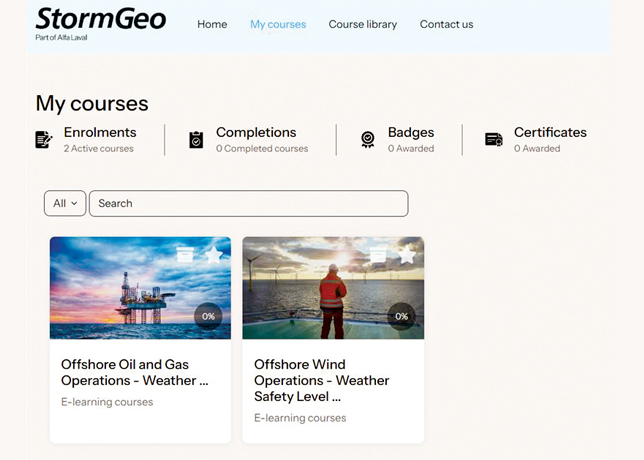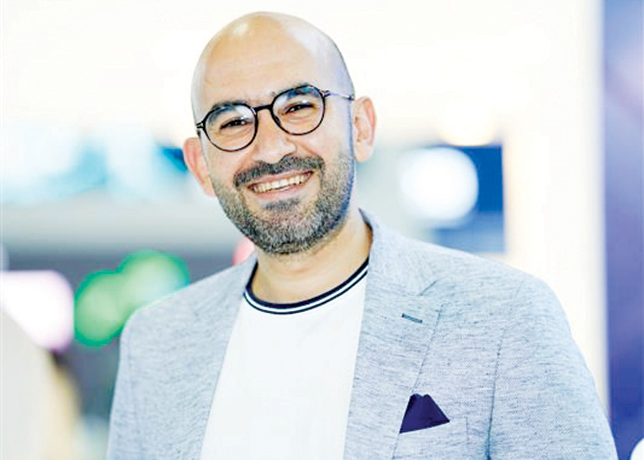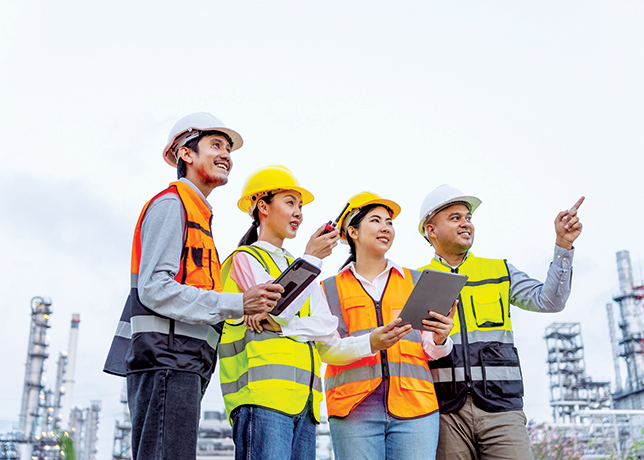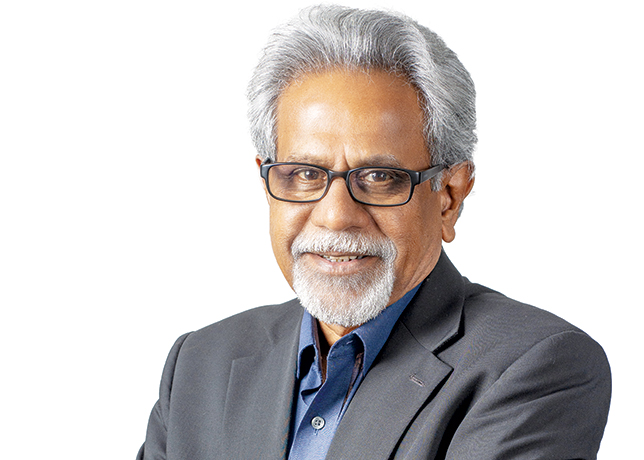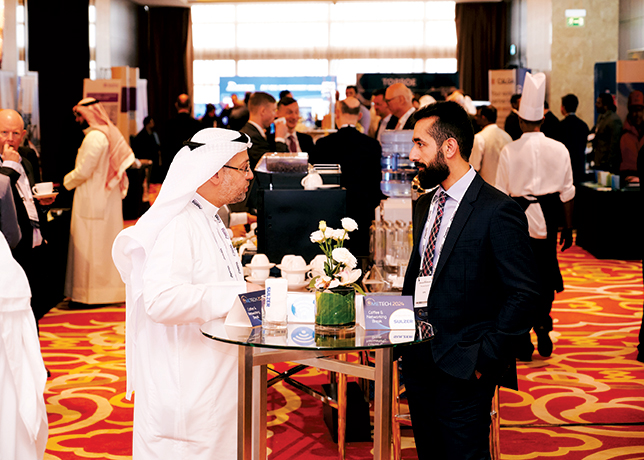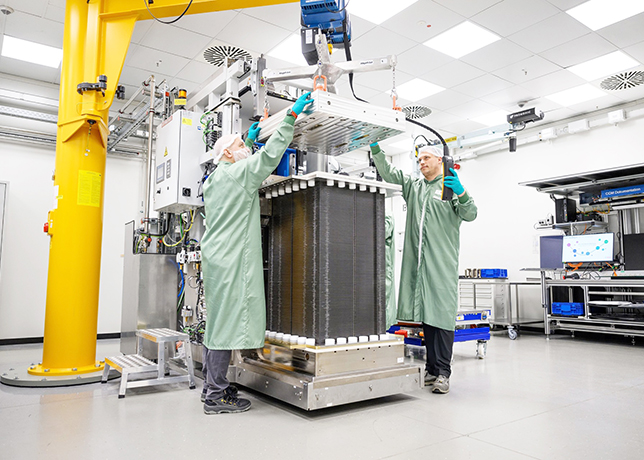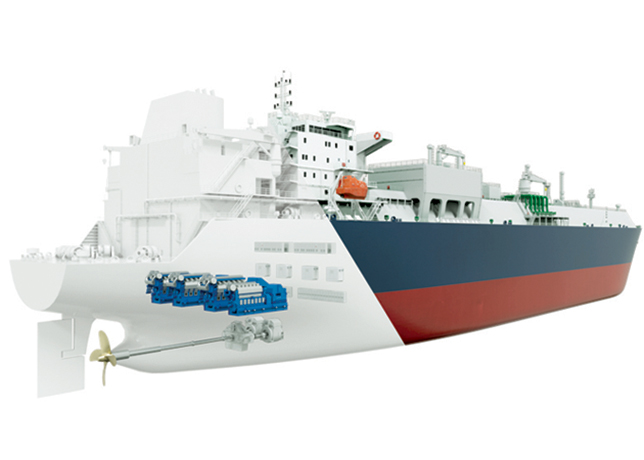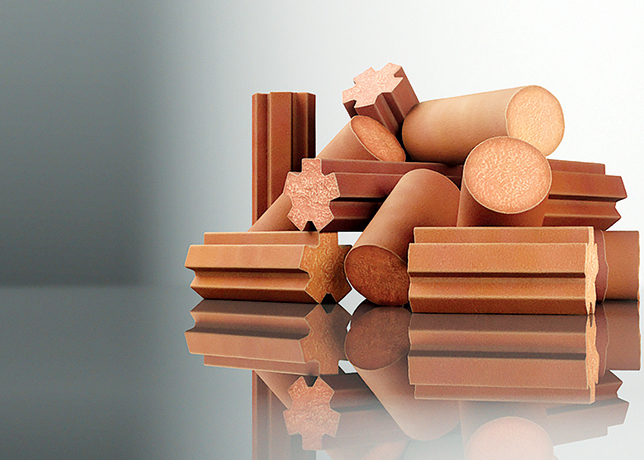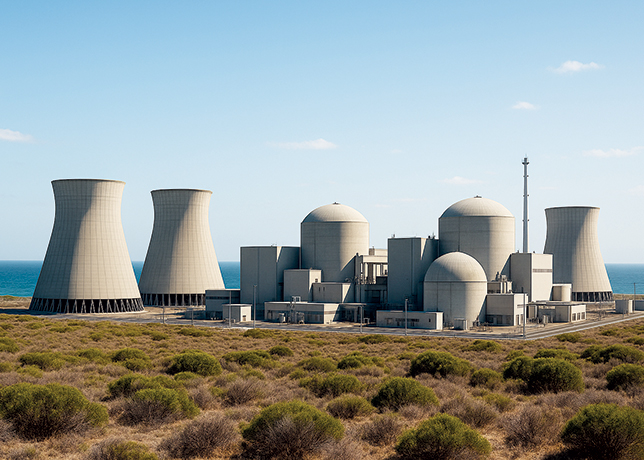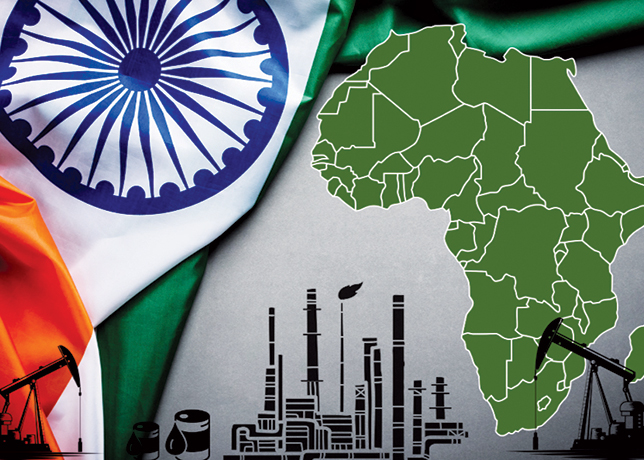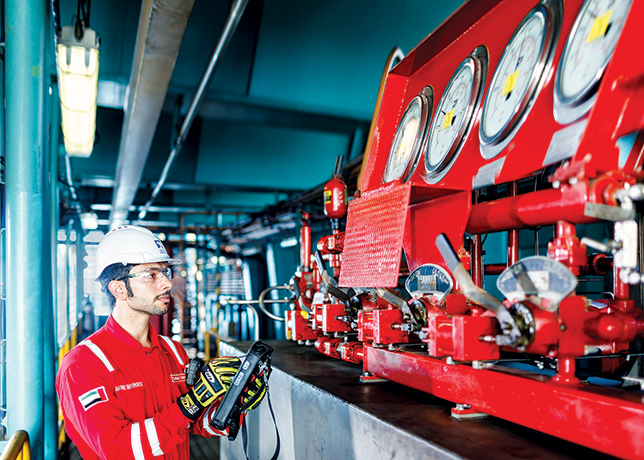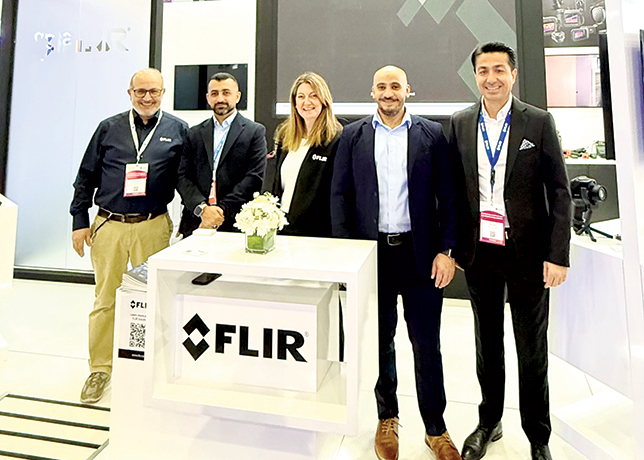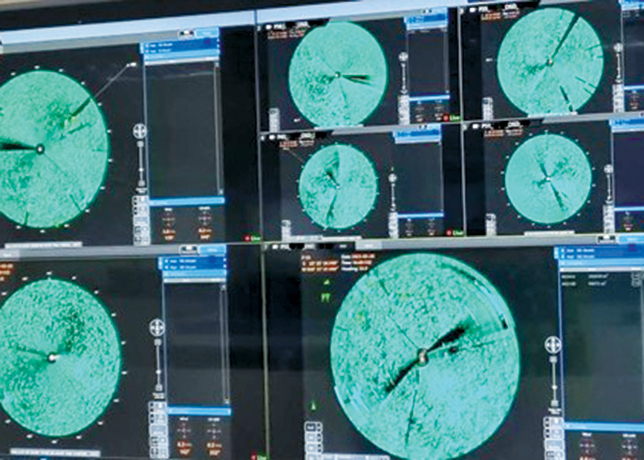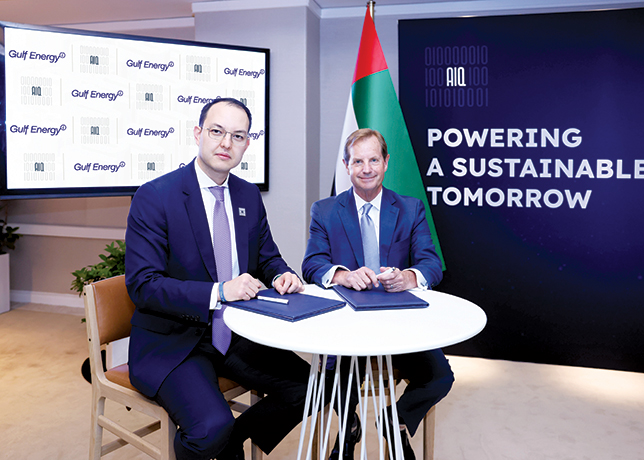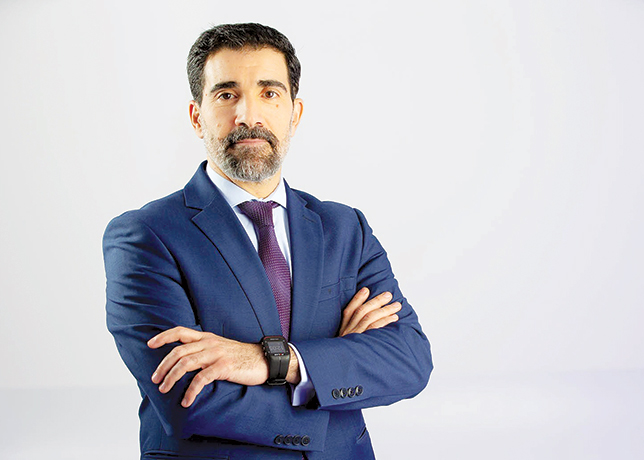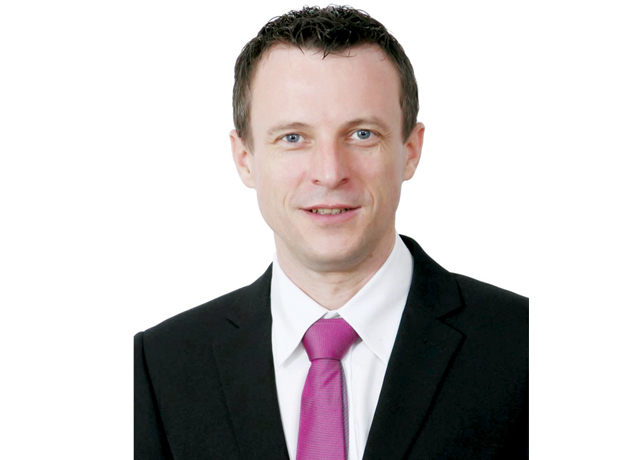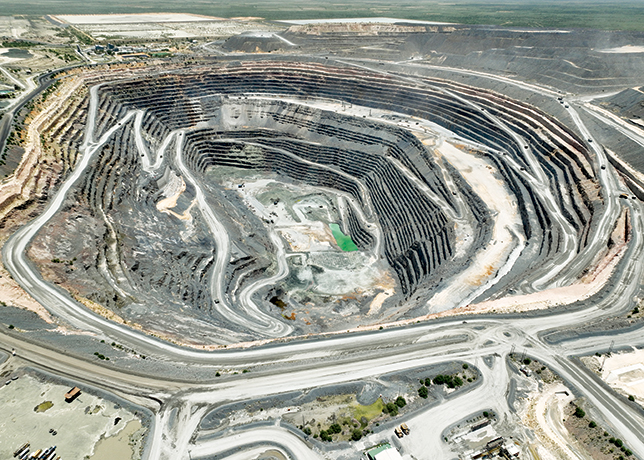
 Adnoc plans to produce an additional 2,000 million cu ft/d of gas by 2006
Adnoc plans to produce an additional 2,000 million cu ft/d of gas by 2006
Attention has been focused on efforts to drive growth in the gas sector, as the UAE strives to cope with rising oil field reinjection into ageing oil reservoirs.
Abu Dhabi National Oil Company (Adnoc) is spearheading the effort. Of the total estimated $6,000 million that has been earmarked for investment over the next four years, two-thirds has been set aside for the development of the gas sector.
Abu Dhabi's demand for large amounts of gas has acquired a new urgency with the gas requirements of its power sector.
Demand from this quarter is estimated to double over the coming four years to at least 3,000 million cubic feet per day (cu ft/d). However, its hands are tied by the fact that the vast majority of its gas reserves are associated, and hence constrained by oil production.
Up to six major and medium-sized projects are at various stages of implementation and Adnoc subsidiaries plan to produce an additional 2,000 million cu ft/d of gas by 2006 from various schemes.
Heading the list is the third phase of the onshore gas development (OGD-3) and the second phase of the Asab gas development (AGD-2) scheme.
Estimated to cost $2,500 million, the projects will cover the reinjection of gas to maintain pressure in the Thamama reservoir at Habshan, as well as the recovery of substantial volumes of condensate and natural gas liquids (NGL), reports say.
US' Bechtel is scheduled to complete the front-end engineering and design (FEED) work by summer 2003.
The OGD-3/AGD-2 project will involve building one gas plant at Habshan and one at Asab, and installing a new gas line to Ruwais.
Abu Dhabi Gas Industries Company (Gasco) is also planning to build a new processing plant and 20 condensate storage tanks at Ruwais for Abu Dhabi Oil Refining Company (Takreer).
Meanwhile, Australia's Worley is carrying out the FEED package on a $1,200 million gas reinjection project at the offshore Umm Shaif field, expected to be the largest in Abu Dhabi's hydrocarbon sector.
The project is aimed at reinjecting about 600 million cu ft/d of gas and calls for the installation of a new super complex.
Further projects are planned onshore.
These include the reinjection of 100 million cu ft/d of carbon dioxide into the Thamama B reservoir at the Bab field, reinjection of 95 million cu ft/d of gas into the G, F and D reservoirs at Bu Hasa, the upgrading of Gasco's gas-processing facilities at Bu Hasa to handle up to 65 million cu ft/d of gas and a sour gas reinjection scheme at Bab, reports say.
The first test well is being drilled by Abu Dhabi Company for Onshore Oil Operations (Adco), for the sour gas project.
Adnoc is also stepping up investment in field developments in an effort to maintain existing reservoir output levels. Some $850 million will be invested by 2004/05 in raising oil production capacity by at least 500,000 barrels per day (bpd).
This will bring the company another step closer to its medium-term target of three million bpd, a substantial leap from its current production capacity of about 2.2 million bpd. A major share of the investment will go to the onshore Bu Hasa, Bab and Northeast Abu Dhabi (NEAD) oil fields which will produce about 60 per cent of the total planned increase in capacity, sources say.
The remaining new capacity will be achieved through debottlenecking projects planned at existing facilities on Zirku and Das islands.
Another issue that Adnoc will have to deal with is the need to maintain oil reservoirs, some of which are 30 years old.
With both power and water demand rising by more than 10 per cent a year, the construction of new generating capacity is a priority for Abu Dhabi.
The demand for large supplies of gas is not confined to Abu Dhabi. Since 2000, 500 million cu ft/d has been 'exported' to Dubai, reports say, a figure that is set to rise to 800 million cu ft/d by 2004, as a result of soaring power demand and a reduction in gas volumes from Sharjah.
It is anticiapated that Fujairah may also be supplied with Abu Dhabi gas to fuel the 658-MW, 100 million g/d complex at Qidfa, being built by Union Water & Electricity Company (UWEC).








